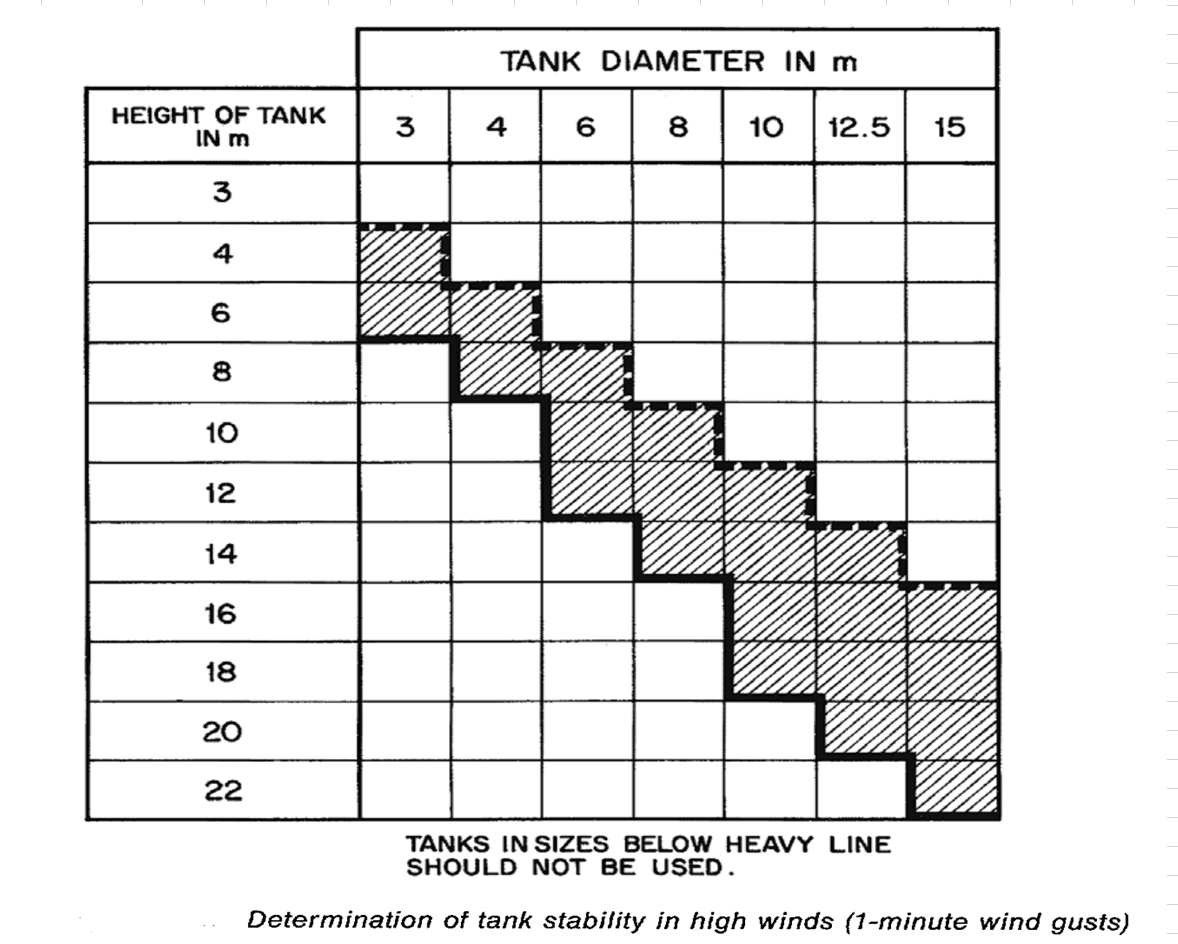Hi,
I'm a young engineer currently working on some optimisation of destillation columns in the recovery section of a polymer plant. These columns work on atmospheric pressure and have a high reflux ratio (not internal reflux ratio) RR=3. Our top temperature is 80°C but we have a condensor and this cools the reflux all the way to 30°C (90/10 ethanol water mixture). This low temperature of reflux creates a good amount of internal reflux. However I once read in a book that having very subcooled reflux decreases the efficiency of the trays below, because the vapour and liquid cannot reach their equilibrium.
At the moment we have no control on the cooling of our condensors. Could it maybe be beneficial to have temperature control on our condensor so that we only have 10°C of subcooling? Would this make sense energy wise (reboiler load, tray effiencies etc)? Does anyone have some references to this problem? Thank you in advance!

 FB
FB










